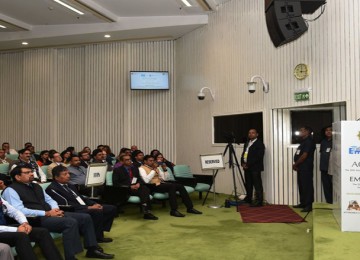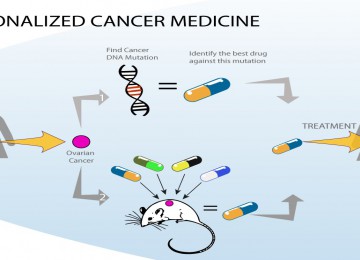Defined by the World Health Organization, health promotion is: The process of enabling people to increase control over, and to improve, their health. It moves beyond a focus on individual behavior towards a wide range of social and environmental interventions
Disease prevention differs from health promotion because it focuses on specific efforts aimed at reducing the development and severity of chronic diseases and other morbidities.
Wellness is related to health promotion and disease prevention. Wellness is described as the attitudes and active decisions made by an individual that contribute to positive health behaviors and outcomes.
Health promotion and disease prevention programs often address social determinants of health, which influence modifiable risk behaviors. Social determinants of health are the economic, social, cultural, and political conditions in which people are born, grow, and live that affect health status. Modifiable risk behaviors include, for example, tobacco use, poor eating habits, and lack of physical activity, which contribute to the development of chronic disease.
Typical activities for health promotion, disease prevention, and wellness programs include:
- Communication: Raising awareness about healthy behaviors for the general public. Examples of communication strategies include public service announcements, health fairs, mass media campaigns, and newsletters.
- Education: Empowering behavior change and actions through increased knowledge. Examples of health education strategies include courses, trainings, and support groups.
- Policy, Systems, and Environment: Making systematic changes – through improved laws, rules, and regulations policy, functional organizational components systems, and economic, social, or physical environment – to encourage, make available, and enable healthy choices.











